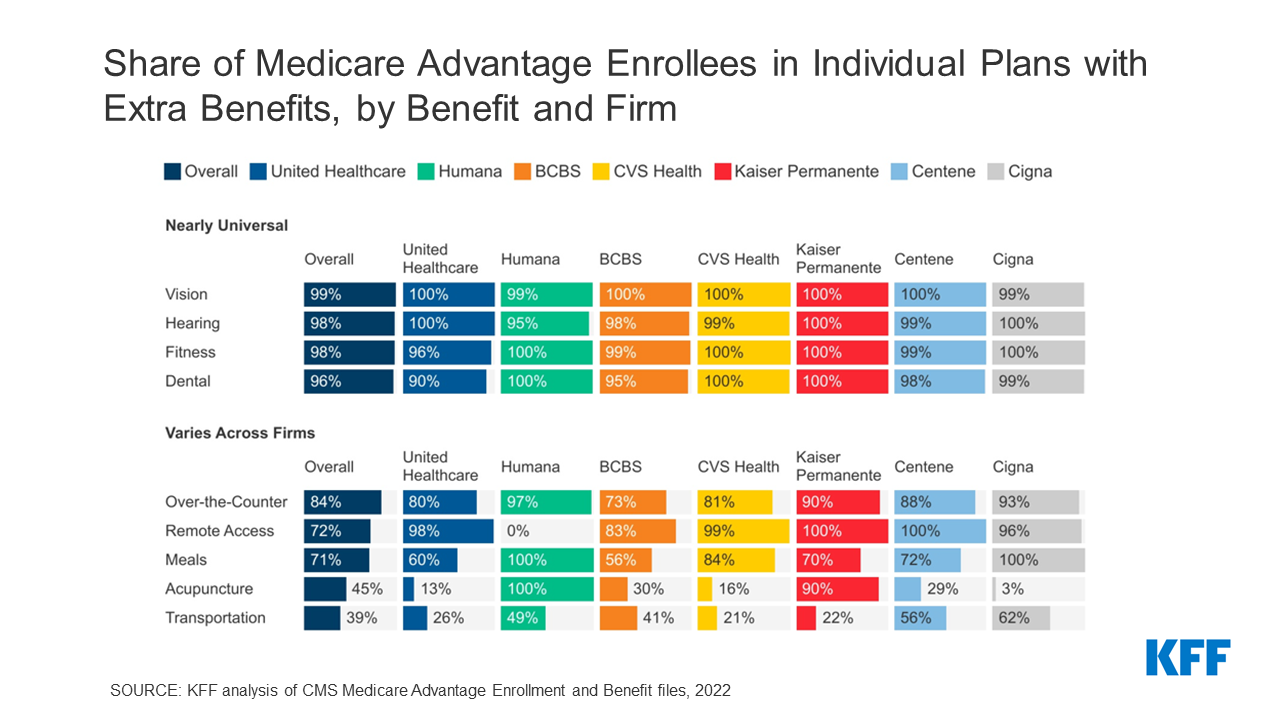
In what the Centers for Medicare & Medicaid Services (CMS) today described as a “parity adjustment recalibration,” the agency said it will increase payments to skilled nursing facilities by 4%, or $1.4 billion, starting in fiscal year 2024.
The payment bump will, in part, make up for a $2.2 billion underpayment to the facilities as a result of the Patient Driven Payment Model (PDPM) for SNFs that replaced the former payment system in 2020, CMS said in a fact sheet. In its final rule, the agency says that it overestimated overpayments to nursing homes, and that resulted in a 2.23% reduction in fiscal year 2023.
The final payment policy reflects a 3% SNF market basket increase plus a 3.6% market basket forecast error adjustment and less a 0.2% productivity adjustment, as well as a negative 2.3% reduction, or approximately $789 million, from the clawback related to the PDPM parity adjustment recalibration, CMS said.
The final rule updates payment policies and rates for SNFs under the new measures that aim to address staff turnover under an executive order by President Joe Biden. The implementation of the PDPM in 2020 led CMS to estimate an unintended increase to SNFs of about 5%, or $1.7 billion.
One of the reasons nursing homes were underpaid is CMS didn’t account for the Consolidated Appropriations Act’s requirement to exclude marriage and family therapist (MFT) services and mental health counselor services (MHC) from SNF billing. “Exclusion from consolidated billing allows these services to be billed separately by the performing clinician rather than being included in the Medicare Part A SNF payment,” the final rule states. “We are finalizing regulatory text changes required to codify this new legislative requirement to exclude MFT and MHC services from SNF consolidated billing for services furnished on or after January 1, 2024.”
CMS notes that the PDPM utilizes the International Classification of Diseases, 10th Revision, Clinical Modification (ICD-10), to use an individual’s primary diagnosis to assign patients to clinical categories. “In response to stakeholder feedback and to improve consistency between the ICD-10 code mappings and current ICD-10 coding guidelines, CMS is finalizing several changes to the PDPM ICD-10 code mappings,” the final rule states.
Beginning in fiscal year 2025, CMS will adopt a discharge function score when considering payments to SNFs. “This measure assesses functional status by assessing the percentage of SNF residents who meet or exceed an expected discharge function score and uses mobility and self-care items already collected on the Minimum Data Set (MDS),” the final rule states.
LeadingAge, the association of nonprofit, mission-driven providers of aging services, including nursing homes, issued a statement saying the final payment rule “does not address the reality of providers’ operating environments, and will, ultimately, limit older adults’ access to much-needed care and services.”
“Of course, our nonprofit and mission-driven members welcome any increase in payment rates, the 4% provided in this rule will surely be offset by the increasing costs of care, which will most certainly continue to rise in the coming year—on top of the expected staffing standards,” Katie Smith Sloan, president and CEO of LeadingAge, said in a statement .”We encourage Congress and HHS to ensure any proposed standards meet the provisions outlined in LeadingAge’s Get Real on Ratios proposal.”
In addition, COVID-19 continues to cast a shadow over nursing home operations, seeing as how the facilities had been the main nexuses for the disease. Beginning in fiscal year 2025, CMS will track the percentage of healthcare personnel in nursing homes who are considered up to date on their COVID vaccinations.
“The prior version of this measure reported only on whether HCP had received the primary vaccination series for COVID-19, while the modified measure requires SNFs to report the cumulative number of healthcare providers who are up to date with recommended COVID-19 vaccinations in accordance with the CDC’s most recent guidance,” the final rule states.
CMS will also begin to monitor nursing staff turnover beginning in fiscal year 2026 as part of the Biden administration’s focus to ensure adequate staffing at nursing homes.



